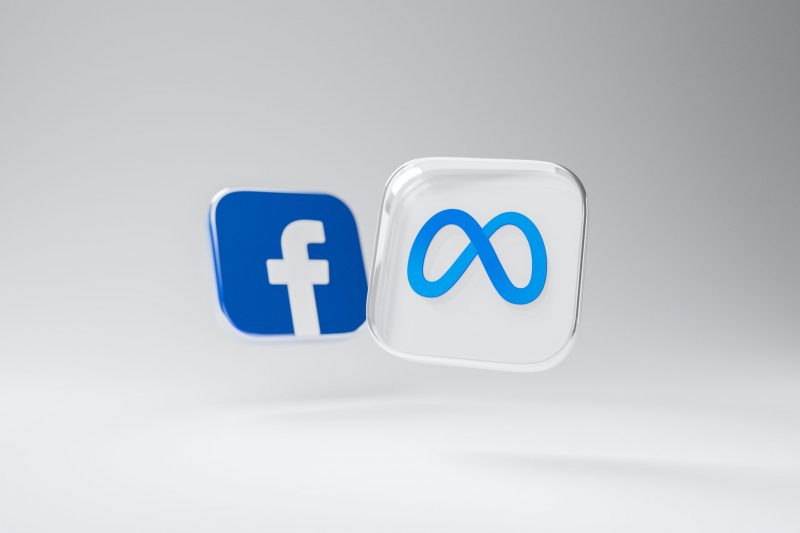In the fast-paced world of social media, microblogging platforms have become essential tools for instant communication and information sharing. Twitter, with its 280-character limit and extensive user base, has long been a dominant player in this space.
However, the Instagram team recently introduced Threads, a new app aimed at offering a more intimate and private microblogging experience. In this article, we will compare Twitter and Threads, exploring their features, user experiences, and potential impacts on the social media landscape.
User Interface and Design
Twitter boasts a simple and straightforward design, with a vertically scrolling timeline that displays a mix of tweets from accounts users follow. It offers a diverse range of content, including text, images, videos, and GIFs.
Threads, on the other hand, adopts a more visually focused approach, placing an emphasis on photos and videos shared within close-knit groups called “Threads.”
The UI is clean, intuitive, and allows users to easily share content with their selected friends. Threads aims to create a more personal and curated experience compared to the broader scope of Twitter.
Content Sharing and Discovery
Twitter’s open nature enables users to share their thoughts with the world, fostering a global conversation. Its chronological timeline allows users to discover and engage with a wide array of topics and individuals. The platform supports retweets, likes, and replies, facilitating interactions and amplifying content.
In contrast, Threads places greater emphasis on sharing within smaller, more intimate groups. Users can create “Threads” with close friends, sharing photos, videos, and text in a private and focused environment. This focus on personal connections and limited visibility differentiates Threads from Twitter’s public-facing nature.
Privacy and Control
Twitter’s default setting allows for public visibility, exposing tweets to anyone on the platform. Users can adjust their privacy settings to make their tweets private, limiting their audience to approved followers. However, even private tweets can be retweeted and shared by others, potentially reaching a wider audience.
Threads, on the other hand, encourages a more closed and controlled environment. Users can select specific friends to share content with, ensuring that only approved individuals can view and interact with their posts. This heightened emphasis on privacy offers a more secure space for sharing personal moments and thoughts.
Algorithmic Feeds and Personalization
Twitter employs an algorithmic feed that curates content based on users’ past interactions, interests, and accounts they follow. While this can enhance content discovery, it can also result in a filter bubble, limiting exposure to diverse perspectives.
Threads, in contrast, adopts a more straightforward approach, organizing posts in a chronological manner within each thread.
This linear display allows for easy navigation and ensures that users see content from their selected friends in the order it was shared. Threads prioritizes personal connections over algorithmic curation, creating a more tailored experience.
Influence and Reach
Twitter’s vast user base, including influential personalities, public figures, and organizations, makes it a powerful platform for information dissemination, networking, and social activism. Its open nature enables users to engage in public conversations and have their voices heard on a global scale.
Threads, on the other hand, emphasizes smaller, more personal circles, limiting reach and influence. While this can foster a sense of closeness and authenticity, it may hinder the potential for wider impact and engagement.
Conclusion
Twitter and Threads offer distinct microblogging experiences tailored to different user preferences. Twitter excels in its ability to foster global conversations, facilitate content discovery, and enable users to engage with a vast audience.
On the other hand, Threads prioritizes privacy, personal connections, and curated sharing, offering a more intimate and controlled environment for sharing moments with close friends. Both platforms have their unique strengths.
Twitter is going through a chaotic period at the moment. They’re constantly changing how the site is run through a wide range of drastic measures like limiting how many posts their users can see in one day.
Elon Musk’s ownership of Twitter has also not given many people belief in the app’s future. The downsizing of employees as well as changes to core members of the social media giant’s staff has left many seasoned users concerned.
Threads could not have come out at a better time, as now might be their best shot at taking the crown away from Twitter.
WeInvests is a financial portal-based research agency. We do our utmost best to offer reliable and unbiased information about crypto, finance, trading and stocks. However, we do not offer financial advice and users should always carry out their own research.
Read More













